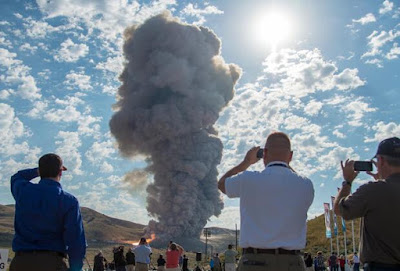Muralist Mona Caron (Ali Budner, The World, Aug. 31, 2016, PRI.org); Amber Larson, Dhr. Seven, CC Liu, Wisdom Quarterly
Alternatives germinate at the margins, sending cracks into the hardest things to change. Paved-over utopias, rise up like WEEDS (pernicious invasive species). There are things that are out of place and therefore unable to fulfill their function so go on to interrupt others' function, but there are no such things as "weeds." This analog animation and mural series is inspired by the resilience of urban weeds.
The monk and the weeds
 |
| Young novice, Burma (Anek Suwannaphoom) |
There is an old apocryphal story of a Buddhist monk who wondered what the purpose of a "weed" was.
Perplexed, he went to the old meditation master and asked. The master tasked him to find a single plant that was a "weed," that is to say, one that had no beneficial medicinal use.
The young monk took the challenge and traveled the region and eventually the world in a caravan in search of one, compiling an impressive botanical catalog in the process.
He was unable to find one, not a single plant. For everywhere he went, for the people there, each plant had a benefit.
 |
| Every "weed" is a lotus waiting to be found. |
What was regarded as a "weed" in one place was certainly not considered so elsewhere. When the pharmacopeia, or archives of Chinese medicine, could reflect that, every plant came into use. Even a "poisonous" plant could be medicinal when utilized correctly.
What was seen one way and regarded as so in ignorance turned out another way, the monk found again and again. With wisdom the plant realm was seen for what it was, a benefit to beings in other realms, such as the human, animal, and the unseen beings.
- What's happening in gardening? The Thursday classes at the Los Angeles Arboretum (arboretum.org)
Muralist painting weeds to represent margins of society
 |
| Caron paints Platago lanceolata in SF. |
Mural artist Mona Caron (sparebeauty.com) uses city walls all over the world as
canvases for her magnified portraits of wild plants. She says they
represent what survives at the margins of society. And she wants us to
pay closer attention.
 |
| Mona Caron (Andrea Laue/sparebeauty.com) |
But then something happened a few years ago. She began doing the opposite -- painting tiny things large. Specifically, it was the weeds, the little wild plants that grow in sidewalk cracks everywhere, the plants that people step on.
"The less attention we pay it," Caron explains, "the larger I’m going to paint it." "I don’t paint dainty little grandmotherly botanical illustrations," Caron says. To her, weeds are plants that have power. More
(Nick Kasimatis) Mona Caron mural tour, Noe Valley














































































































































































































































































